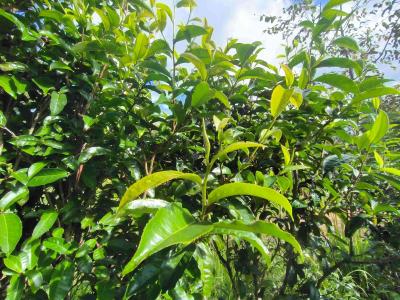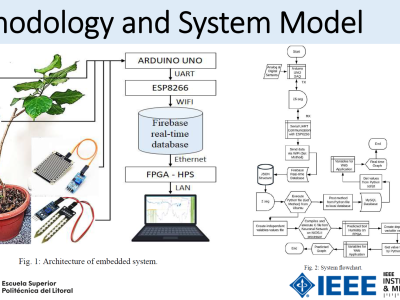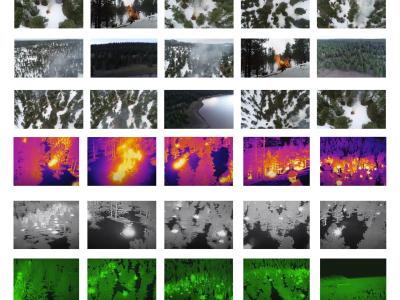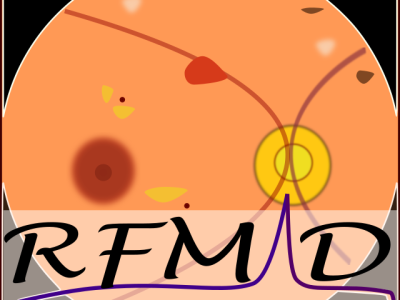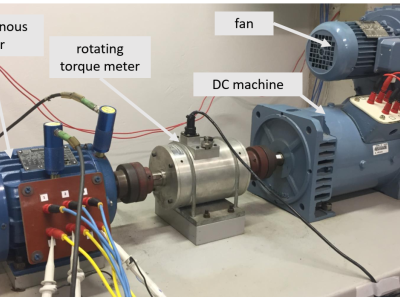Campus Risk Detection: The S-YOLOv10-SIC Network Inte-grated with the Self-Calibrated Illumination Algorithm

- Citation Author(s):
-
Shihao Zhang
- Submitted by:
- Wang Baijuan
- Last updated:
- DOI:
- 10.21227/zper-jt91
 77 views
77 views
- Categories:
- Keywords:
Abstract
In order to realize intelligent and accurate campus risk detection, this paper proposes an improved YOLOv10 algorithm that integrates Self-Calibrated Illumination algorithm. The algo-rithm optimizes the loss function by introducing an auxiliary bounding box, and accelerates model convergence. StarNet is employed to enhance the original network structure, feature extraction capability, and decrease parameter count and calculations. The Convolutional Block Attention Module is incorporated into the small-object layer to boost network attention, subdue background noise, and enhance recognition accuracy and generalization capability. The Self-Calibrated Illumination algorithm is integrated to enhance the detection performance of the model under low light conditions. The experimental results show that compared with the original YOLOv10 network, the classification loss of the model generated by the improved algorithm is reduced by about 20 %, the feature point loss is reduced by about 16 %, and the Parameters, Gradients and GFLOPs are reduced by more than 80 %. Precision, Recall, F1, and mAP all saw improvements, with increases of 0.99, 3.31, 2.15, and 1.23 percentage points respectively. The enhanced model excels at efficiently and accurately classifying and detecting campus risks in low-light environments. This model lays a solid foundation for the development of a smarter campus.
Instructions:
In order to realize intelligent and accurate campus risk detection, this paper proposes an improved YOLOv10 algorithm that integrates Self-Calibrated Illumination algorithm. The algo-rithm optimizes the loss function by introducing an auxiliary bounding box, and accelerates model convergence. StarNet is employed to enhance the original network structure, feature extraction capability, and decrease parameter count and calculations. The Convolutional Block Attention Module is incorporated into the small-object layer to boost network attention, subdue background noise, and enhance recognition accuracy and generalization capability. The Self-Calibrated Illumination algorithm is integrated to enhance the detection performance of the model under low light conditions. The experimental results show that compared with the original YOLOv10 network, the classification loss of the model generated by the improved algorithm is reduced by about 20 %, the feature point loss is reduced by about 16 %, and the Parameters, Gradients and GFLOPs are reduced by more than 80 %. Precision, Recall, F1, and mAP all saw improvements, with increases of 0.99, 3.31, 2.15, and 1.23 percentage points respectively. The enhanced model excels at efficiently and accurately classifying and detecting campus risks in low-light environments. This model lays a solid foundation for the development of a smarter campus.


